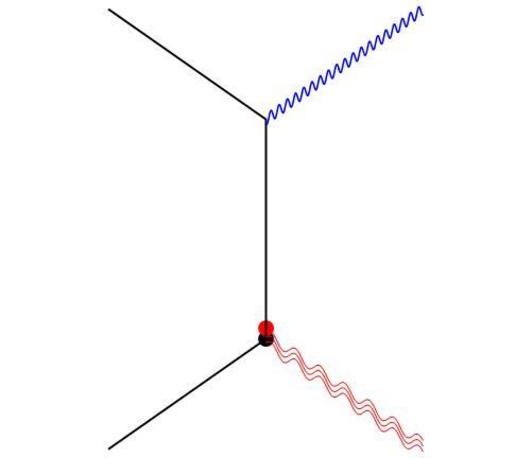Special Seminar: "Multiphoton Kramers-Heisenberg Formula for Describing High-Harmonic Generation." (Prof. Sándor Varró)
- Datum: 09.07.2024
- Uhrzeit: 11:00
- Vortragende(r): Prof. Sándor Varró
- ELI-ERIC, ALPS (Attosecond Light Pulse Source), ELI-HU Szeged, Hungary
- Ort: Max Planck Institute of Quantum Optics
- Raum: Herbert Walther Lecture Hall

A semiclassical version of a similar Kramers-
Heisenberg formula has already been published long ago [1], which inherently contain the
appearance of the plateau in the HHG spectrum, and the optional appearance of a Cooper
minimum [2]. Beyond these, the new quantum formula [3] is suitable to analyse (among
various quantal effects, like depletion) the role of arbitrary photon statistics of the incoming
field, and the amplification of the high-order harmonics, due to stimulated emission [4].
References. [1] Varró S. and Ehlotzky F. A new integral equation for treating high-intensity
multiphoton processes. Il Nuovo Cimento, 15 D, 1371-1396 (1993). [2] See e.g. Schoun S B,
Chirla R, Wheeler J, Roedig C, Agostini P and DiMauro L F, Attosecond pulse shaping
around a Cooper minimum. Phys. Rev. Lett. 112, 153001 (2014). [3] Varró S, Quantum
optical aspects of high-harmonic generation. Photonics 8 (7), 269 (2021). [4] Varró S,
Coherent and incoherent superposition of transition matrix elements of the squeezing
operator. New Journal of Physics 24, 053035 (2022).
Acknowledgments. Support by the ELI-ALPS project is acknowledged. The ELI-ALPS
Project No. GINOP 2.3.6-15 is supported by the European Union and co-financed by the
European Regional Development Fund.